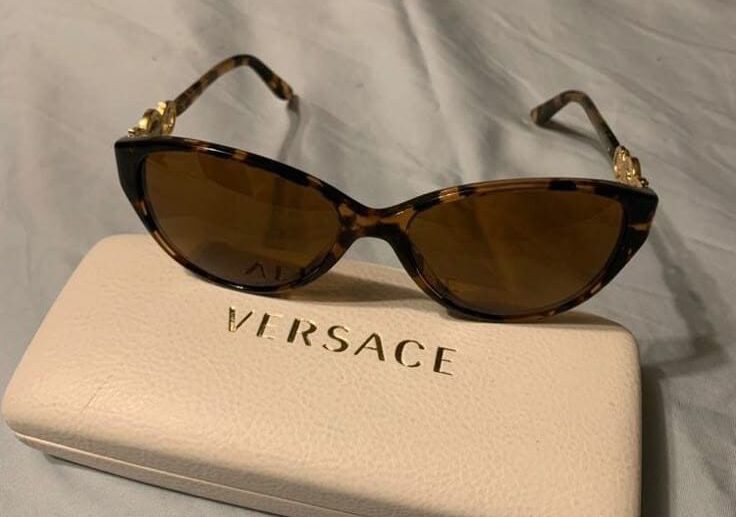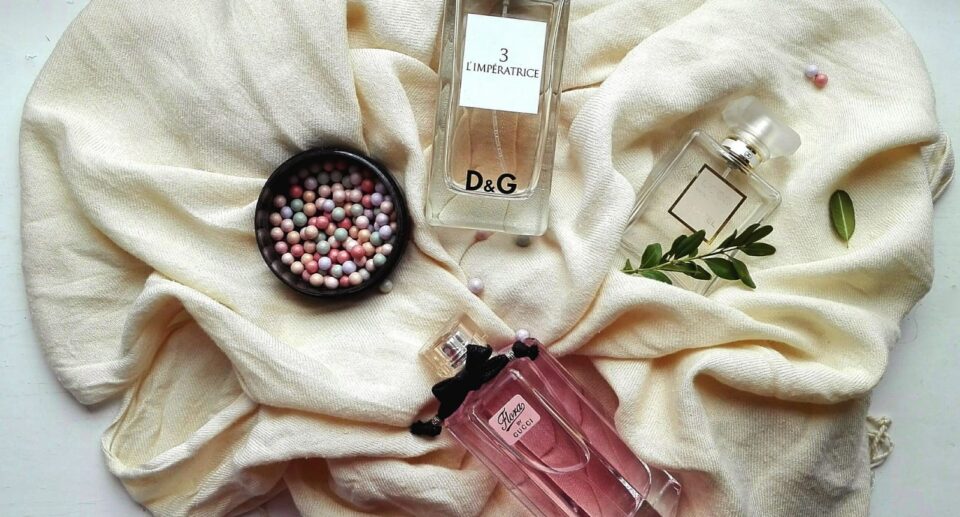
Glasses have developed from a basic necessity for vision correction to a fashionable item that expresses individual style and follows current trends in society. Glasses have evolved over the years from being only practical tools to being iconic representations of style and identity.
Influenced by changes in culture and advances in technology, glasses have evolved through a variety of styles and trends. Leading companies such as Dior, Gucci, Prada, Oakley, Warby Parker, Persol, Ray-Ban, and Gucci continue to push the limits of form and functionality, making eyewear a potent statement of personal style today.
This piece explores the intriguing history of glasses, looking at the main brands, evolving fashions, and design trends that have influenced the eyewear market from its beginning to the present.
Early Innovations and the History of Eyewear
The earliest visual aids were made using simple materials in ancient civilizations, which is where glasses got their start in history. The first magnifying glasses are said to have been made by the Romans and were in the shape of glass spheres that were filled with water; they were called “reading stones.” However, the first wearing spectacles were not created in Italy until the late 13th century. Monks and academics were the main users of these early spectacles, which were only basic convex lenses, set in frames.
Fashion Trends in Eyewear
Throughout the history of glasses, different frame shapes and styles have been popular at different times. In the early 20th century, round frames were very common and were often seen on famous people like Mahatma Gandhi, giving them a classic, smart look. In the 1950s, cat-eye glasses became popular, especially among women, because of their stylish and elegant design. Ray-Ban’s Wayfarer and Aviator styles, introduced mid-century, have remained favorites because they look good on almost everyone and never go out of style.
In the 1970s and 1980s, people loved oversized frames, which made a bold fashion statement and matched the flashy styles of those decades. By the 1990s, minimalist frames with thin metal designs became trendy for their simple and clean look. Each of these styles shows how glasses have changed over the years, influenced by cultural trends and what people found fashionable at the time.
Materials and Construction
- Early Materials: Wood, leather, and metal were the primary materials.
- Modern Materials: Lightweight metals, plastic, acetate, titanium, and carbon fiber offer durability and comfort.
Lens technology:
Over time, lens technologies have advanced dramatically, improving comfort and functionality. Because polarized lenses cut down on glare, they enhance visual clarity and are perfect for outdoor activities. Transition lenses represent an inventive alternative since they adapt to varying lighting conditions, becoming darker in direct sunshine and becoming clearer indoors. Prescription sunglasses help people with vision impairments enjoy outdoor activities without sacrificing their eye health or visual acuity by combining vision correction with sun protection.
Fashion influences:
Fashion influences in glasses are shaped significantly by Hollywood and pop culture. Celebrities often set the trends, whether it’s Audrey Hepburn’s chic oversized sunglasses or Elton John’s bold, flamboyant styles. Designer collaborations have also made a big impact, with high-fashion brands like Prada, Gucci, and Tom Ford launching their own stylish eyewear collections. Social media further amplifies these trends, as influencers and fashion bloggers share the latest styles with their followers, making trendy eyewear accessible and popular worldwide. This blend of celebrity influence, designer innovation, and social media reach continuously evolves the world of eyewear fashion.
Categories of Glasses:
Prescription glasses: These are glasses that an ophthalmologist or optometrist prescribes to treat vision conditions including astigmatism, nearsightedness, or farsightedness.
Sunglasses: Sunglasses are made to shield the eyes from strong sunlight and UV radiation. They are available in a variety of designs, such as wayfarers, aviators, and sport-specific models.
Reading glasses: Reading glasses are a frequent tool used by people with presbyopia, an age-related disorder, to help with close-up vision tasks like reading.
Computer glasses: Also referred to as blue light blockers, these eyewear filters out the blue light that digital gadgets emit in an effort to lessen eye strain brought on by prolonged screen time.
Sports glasses: Made specifically to protect the eyes and improve performance, these glasses are used during athletic activity. They could have polarized lenses to reduce glare and are frequently composed of impact-resistant materials.
Designer Eyewear: This category consists of eyewear by independent designers and luxury fashion businesses that emphasize distinctive styles, high-end materials, and distinctive designs to create a statement in fashion.
Children’s Glasses: Designed with their smaller faces in mind, children’s glasses are durable, safe, and well-made. They frequently have lively colors and fun patterns to entice kids to wear them.
Specialty glasses: These include glasses designed to meet certain requirements; examples include augmented reality features, low vision assistance, and night driving glasses.
Leading Brands in glasses fashion:
Ray Ban:
Established in 1937, Ray-Ban continues to be one of the most recognizable eyewear brands worldwide. Renowned for its traditional Wayfarer and Aviator designs, Ray-Ban has continuously combined innovation and classic flair, winning over celebrities and style connoisseurs alike.
Oakley:
Oakley has been an established brand in high-performance eyeglasses since its founding in 1975. Athletes and outdoor enthusiasts adore Oakley because of its cutting-edge technology and stylish designs. Innovative lens innovations from the company, like Prism and polarized lenses, have revolutionized the market and set new benchmarks.
Parker Warby
Established in 2010, Warby Parker transformed the eyeglass industry by providing fashionable, reasonably priced spectacles through a direct-to-consumer business strategy. The company is renowned for its charitable endeavors, contributing a pair of glasses for each pair that is sold. Warby Parker has a devoted following of customers thanks to its emphasis on sustainability and customer experience.
Persol:
Persol is a 1917-founded Italian brand that is well-known for its classic designs and exquisite craftsmanship. Persol is now recognized as a mark of sophistication and elegance because to its patented Meflecto temples, which are intended for comfort, and its recognizable arrow symbol.
Gucci
Gucci, a brand known with high-end fashion, sells eyewear that flawlessly blends avant-garde, bold designs with superior craftsmanship. The brand’s eyewear collections are widely sought after in the fashion industry because they frequently have distinguishing aspects including enormous frames, exquisite craftsmanship, and the unmistakable GG logo.
Prada
Prada Prada’s eyewear lines are a reflection of the company’s dedication to luxury and innovation. Prada sunglasses and optical glasses are a popular among trend-forward people looking to make a statement because of their sophisticated and frequently daring designs.
Tom Ford
After its introduction in 2005, Tom Ford rose to prominence as a major brand in high-end eyeglasses. The brand’s collections are distinguished by their attention to detail and svelte, contemporary styles. Tom Ford eyewear has gained popularity among celebrities and has come to represent luxury and sophistication.
Dior:
Dior’s eyewear designs are renowned for their avant-garde styles and feminine grace. The firm frequently adds features from its haute couture collections to its eyeglasses, producing stylish and refined pieces. Dior has become a mainstay in the luxury eyewear industry thanks to its meticulous attention to detail and use of premium materials.
Future Trends in Eyewear Fashion:
Eco-Friendly and Sustainable Designs:
Growing consumer demand for eco-friendly packaging, biodegradable frames, and recycled materials in eyeglasses.
Smart Eyewear
Combining features from virtual and augmented reality, keeping an eye on health, and maintaining constant communication.
Customized & Personalized Eyewear:
Developments in digital design and 3D printing enable the creation of spectacles that are specifically suited to each wearer’s tastes.
Vintage and Retro Revival:
persistent fascination with reinventing vintage classic looks, indicating a yearning for classic refinement and nostalgia.










